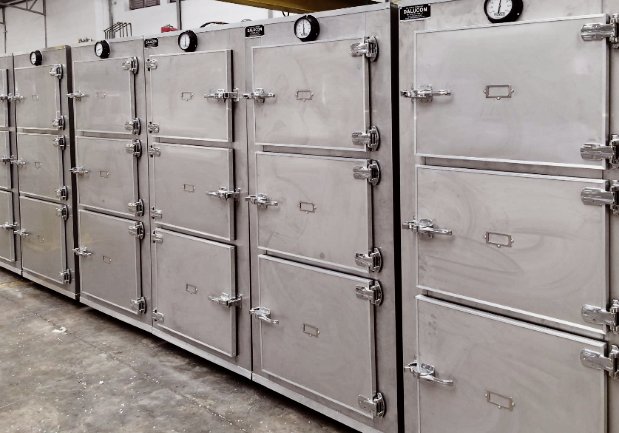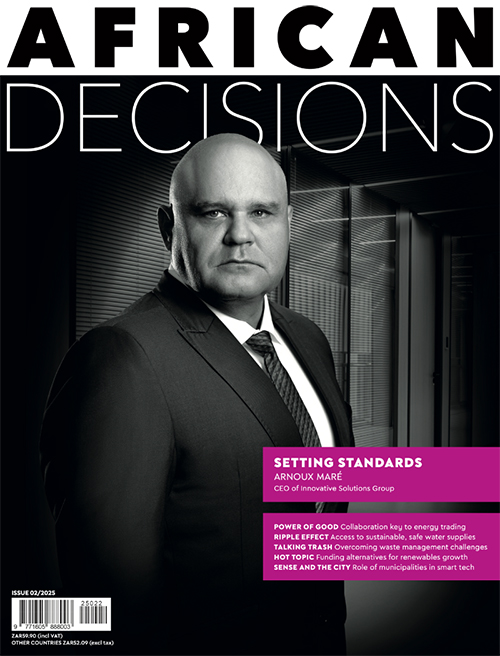In recent years, the global healthcare sector has witnessed an increasing demand for mortuary fridges, driven primarily by public health emergencies. These emergencies, such as pandemics, natural disasters and rising mortality rates due to non-communicable diseases, have greatly impacted on the storage and management of bodies of the deceased.
As a result, the mortuary equipment industry has been tasked with evolving to meet these urgent needs. Among the essential equipment in this sector are mortuary fridges, which play a critical role in preserving bodies before burial or cremation.
Growing importance of mortuary fridges
Today, mortuary fridges, also known as mortuary cold chambers, are designed to store human remains at low temperatures, slowing down decomposition and securing sanitary conditions. These units are vital during health crises, especially when morgues are overwhelmed, and proper body storage becomes essential to prevent the spread of diseases and contamination.
The COVID-19 pandemic is a recent example where the demand for mortuary fridges surged worldwide. Hospitals and morgues across different countries were inundated with bodies of the deceased, and the lack of adequate storage facilities became a pressing issue.
As a result, temporary mortuary fridges, including portable units and refrigerated trucks, became necessary to handle the overflow.
Public health emergencies and their impact
Public health emergencies such as pandemics, epidemics and natural disasters have highlighted the vulnerabilities of the mortuary sector. The management of bodies in these crises requires special attention, not only for public health reasons but also out of respect for the deceased.
Inadequate storage can lead to contamination, unpleasant odours and a public outcry over the improper handling of bodies.
For instance, when Hurricane Katrina struck the US in 2005, it left many dead in its wake, and morgues struggled to cope with the influx of bodies. Similarly, the Ebola outbreak in West Africa required specialised handling of the dead to prevent the further spread of the disease, making mortuary fridges essential for body preservation.
In addition to natural disasters and pandemics, rising mortality rates from non-communicable diseases, such as cardiovascular disease, cancer and diabetes, have also contributed to the demand for mortuary fridges. As more hospitals and care facilities deal with higher death tolls, the need for reliable and advanced cold storage systems has grown.
Innovations and industry growth
The increasing demand for mortuary fridges has spurred innovations in the industry. Manufacturers have responded by developing more energy-efficient and durable temperature-regulated units. Portable mortuary fridges have become a valuable addition to the market, particularly for use in remote or temporary locations.
These units are easy to transport and instal, making them ideal for emergencies where flexibility and mobility are key.
The market for mortuary fridges has seen growth globally, especially in regions prone to natural disasters or with underdeveloped healthcare infrastructure. Asia-Pacific and Africa have emerged as critical markets, with governments and healthcare organisations investing in mortuary equipment to strengthen their capacity to handle public health emergencies.
Conclusion
The rising demand for mortuary fridges amid public health emergencies reflects the broader challenges faced by the healthcare sector. This evolving industry must continue innovating to meet the growing demand, providing dignity and safety in the management of the deceased during times of crisis.

















